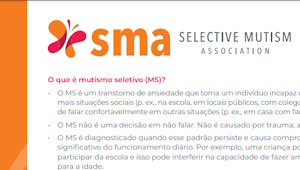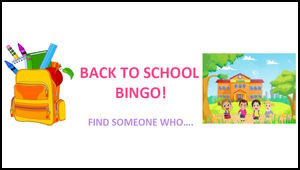Online Library
Multilingualism and Selective Mutism
Selective Mutism has been found to be more common in children who speak more than one language. Multilingual children may more commonly speak languages that are not considered the primary language of their region of residence, making them language minorities. As a result, being expected to use a language they are less familiar with puts multilingual children who are temperamentally inhibited at an increased risk for developing selective mutism.
Ways to help Multilingual Children with SM:
- Stay with culture of origin in terms of language in the beginning of treatment and then transition to including more English into the treatment (both at school and at home)
- Have child only be expected to speak preferred language in the more challenging settings (i.e. school)
- Increase to secondary or tertiary language after success speaking preferred language
- Recommend English speaking practice at home, in community, (ordering food in English), and with peers
- Assign 10-minute English speaking practice at home for those youth who struggle with English at school
- Also start mixing languages together, slowly introducing more challenging language
- Recognize that youth learning multiple languages may have slower processing and expression as they may be translating and back-translating before speaking
- Let the child be the teacher
- At school, since the child feels more confident speaking in their preferred language, spending alone time with the teacher, where the child teaches the teacher the new language may be a good first step to gain confidence in speaking in school.
- On play dates, encourage the child to teach the other child simple words (colors, numbers, songs, etc.) in their preferred language.
- During play dates, engage the children in play, but allow the child to speak in the language she/he is most comfortable with, before prompting for a response in English. (Tip – You can always reflect the child’s answer in English to start, if the other child does not understand the language)




